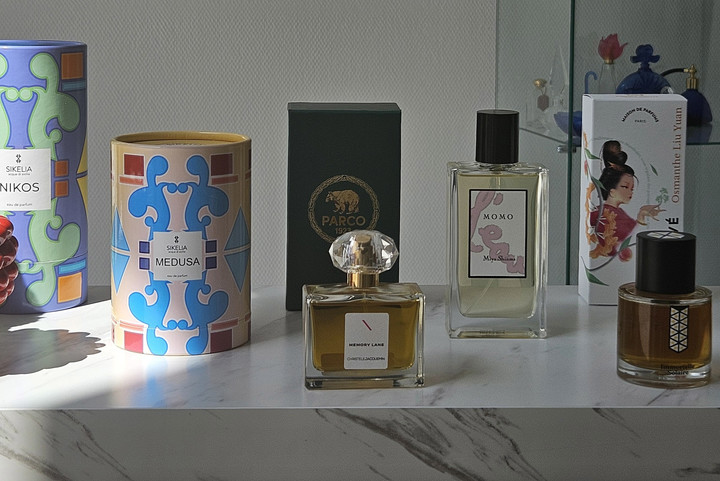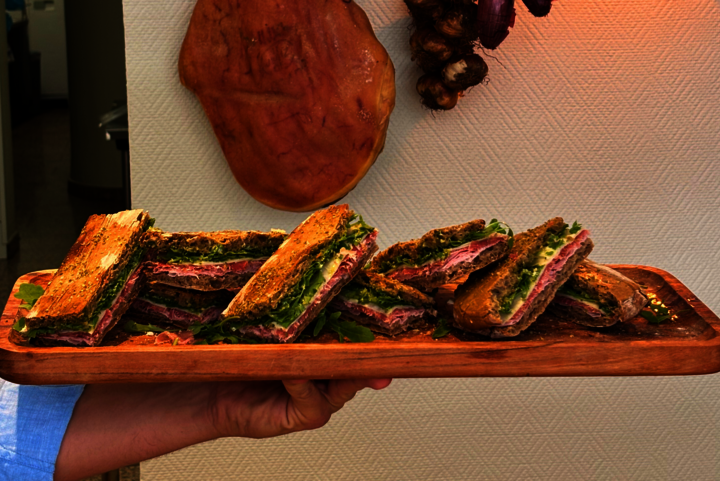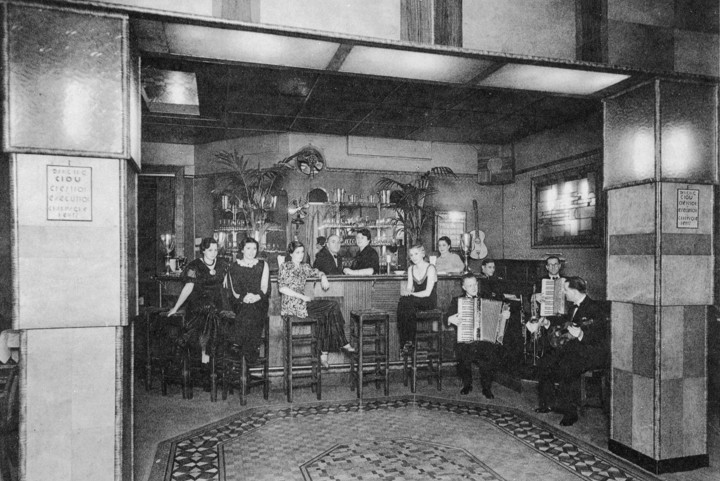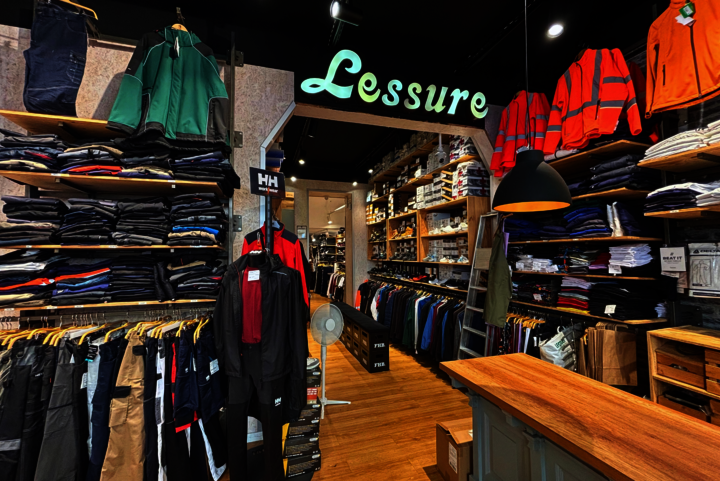(Re)discover our city – Cine Eldorado
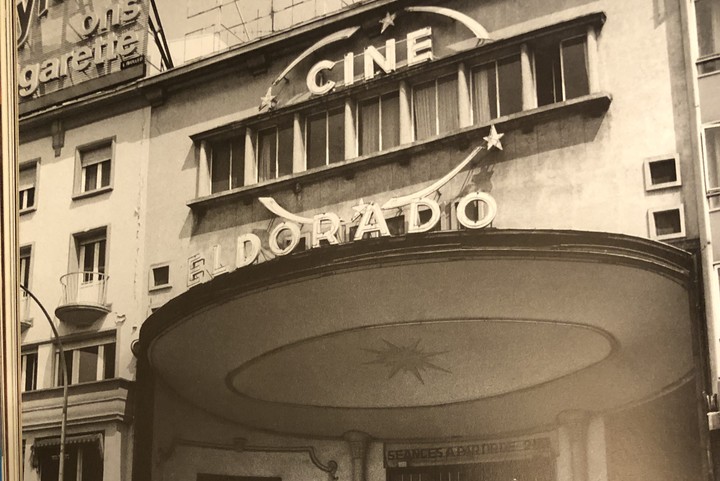
(Re)discover our city – Cine Eldorado
Think you know our capital well? Well, let's see about that! Some of the buildings that you walk past on a regular basis have a special story behind them. Dr Robert L. Philippart is a true expert on the subject and will take you through the city to uncover these hidden stories, giving you a new way of looking at some of our emblematic buildings.
Cine Eldorado (5, Place de la Gare)
The Place de la Gare underwent successive periods of redevelopment. In 1912, the post office building (that used to be in the middle of the square as it is now) was demolished. In 1923, a roundabout covered in flowers was built, which trams would circle around. In 1938, the point where Avenue de la Gare opened onto the Place de la Gare was redeveloped. In 1949, a plot that had not yet been built was to be occupied by Cine Eldorado. In 1958, railway depots were replaced, as construction began on the Luxembourg National Railway Company building (direction des Chemins de fer luxembourgeois). In 1963, the Hôtel Eldorado and Cine Europe were set to occupy the last free space in the square. The Architect, Arthur Thill, had signed the plans for the cinema to be built. Thill was praised for his modernist and simple style, making the most of the light and highlighting the beauty of the materials used. He was regularly asked to work on major projects, such as the extension of the former dairy and the Hôtel Cravat, and developing the St James Club, Hôtel Continental's restaurant, the Rotisserie "Au Gourmet" and the Cine Marivaux. The architect was inspired by the construction of prestigious cinemas across Europe. The open façade on the Place de la Gare provided the necessary shelter for passers-by to look at the photos and posters of the films that were showing. The entrance to the cinema, which was set back, off of the street, gave the impression that upon entering the cinema, you were going behind the scenes. This design was highlighted by two columns lit up in neon lights. A monumental staircase led from the outside to the balcony seats. Clear references to theatre architecture can still be seen. The room could accommodate 730 spectators, including space for 270 spectators on the balcony. In 1955, the technical equipment was enhanced, as a new, even larger screen was installed. But as it became increasingly more popular to have television sets at home, attendance rates at cinemas began to drop. While several cinemas started closing from the end of the 1960s, in 1982 the owner tried to be innovative by dividing his cinema into two rooms and scheduling the release of new films so they came out at the same time as in the major capitals of Europe. François Reckinger occasionally rented the hall out as a conference venue to European institutions waiting for their offices to be opened in Kirchberg. In 1983, the owner included the Cine Europe in its "Ciné-Center-Gare" project, enabling four films to be screened at the same time. In 1988, the establishment closed its doors. The two buildings "Cine Europe" and "Cine Eldorado" were demolished in 1989.
Inscrivez-vous
à la newsletter.
Inscrivez-vous et recevez tous les mois l’actualité shopping de la ville directement par email ! Bon plans, événements phares, nouveaux commerces, ne manquez rien de l’actualité commerçante.
Cityshopping news

